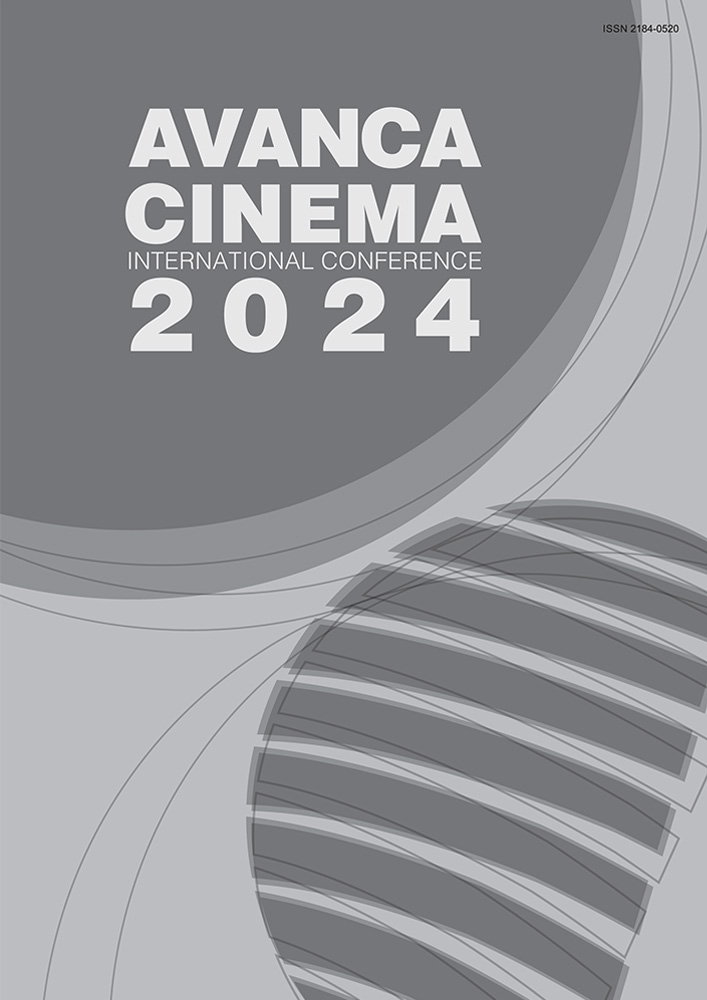Chapter I _ Cinema - Art
Similarities between the film The Illusionist (2006) and the installation A Body of Water (1999) based on phantasmagoria
Abstract
This article proposes a review of the ancient image medium, the magic lantern, created in the 17th century by Rasmussen Walgenstein (1609-1670), and mainly of the spectacles provided by this technique called phantasmagoria. Grau (2009) informs us that one of the most famous representatives of this first illusion industry was the Belgian Etienne Gaspard Robertson. The versatile illusionist exported the media of immersion to revolutionary Paris, and years later presented his show throughout Europe. Bahia and Bahia (2021) reveal that Robertson used the magic lantern technique to project supernatural beings, and in order to generate a greater emotional impact on the audience, he gradually increased the images, in addition to the use of sound effects. To discuss the importance of this ancient image medium for audiovisual, as well as for immersion arts, we selected the film The Illusionist (2006) directed and scripted by Neil Burger and the installation A Body of Water (1999) by Paul Sermon and Andrea Zapp. In the cinematographic work, the narrative develops from the shows of illusionist Eisenheim played by actor Edward Norton, who surprises the audience by managing to bring images of dead people to the stage. In the telepresence installation, the public can view images of dead mine workers. We can see in these two works, the representation of old phantasmagoria shows. To carry out this study, we used the theoretical contribution of the authors already mentioned, in addition to Arlindo Machado (2008), Laurent Mannoni (2003) and Nicole Koutsantonis (2021).

This work is licensed under a Creative Commons Attribution 4.0 International License.

